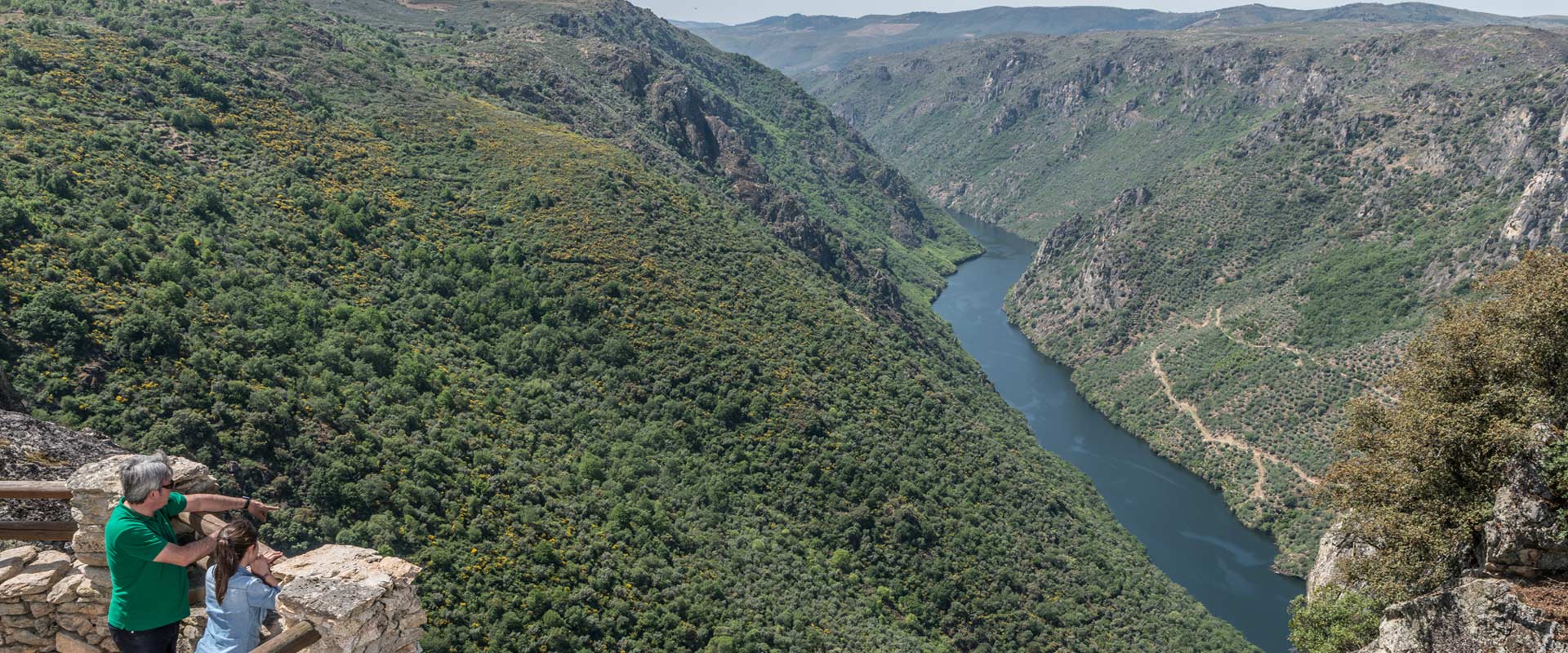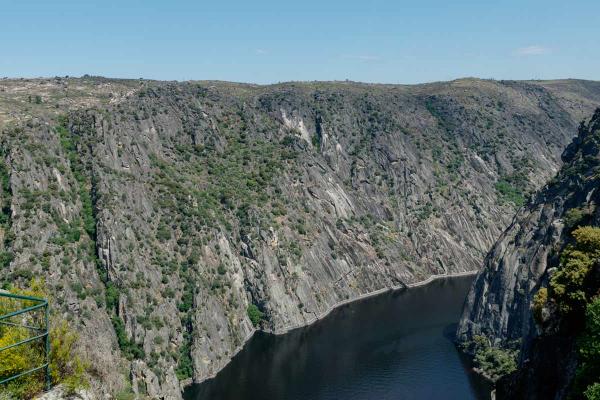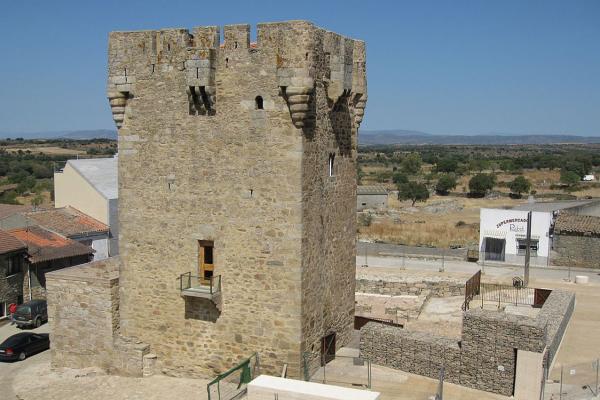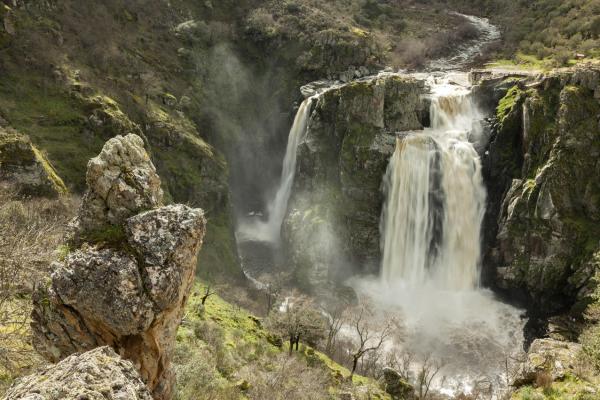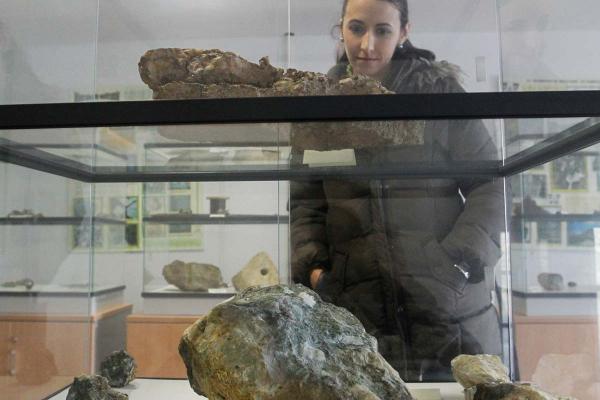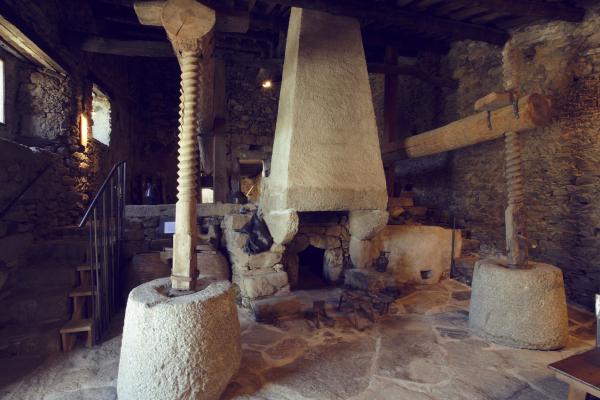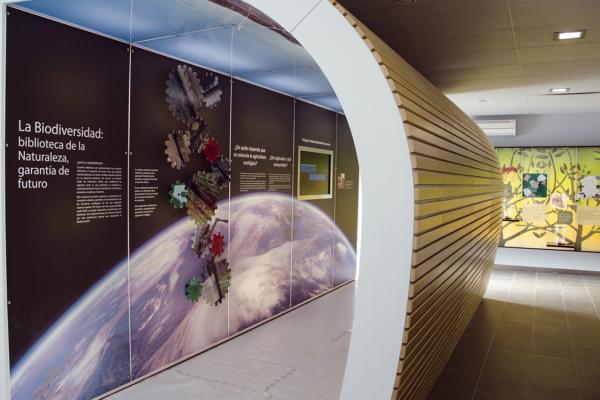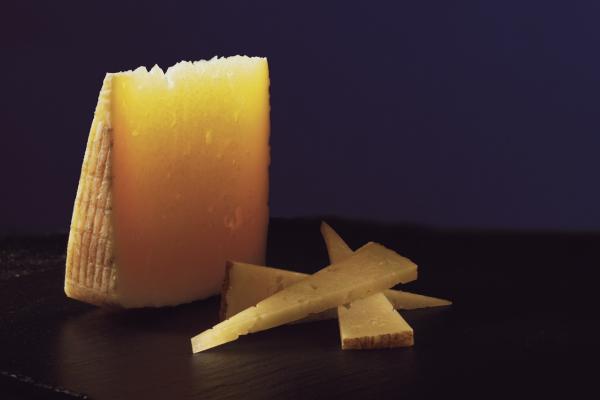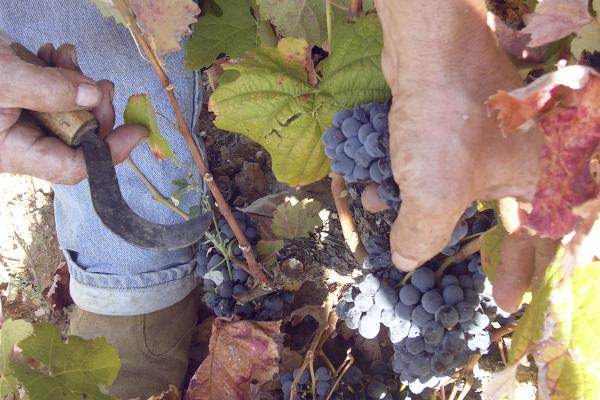Las Arribes
From the town of Ledesma, towards the north-west, the plain is interrupted by one of the most amazing landscapes in Spain. This is the Natural Park of Las Arribes del Duero.
It is a natural location in the north-west of the province of Salamanca and the south-east of the province of Zamora. It protects the geomorphology of the rivers Agueda, Duero, Esla, Huebra, Tormes and Uces owing to the fact that there is a lower altitude area and another higher altitude one, being Las Arribes the steepest slopes situated on both sides of these rivers.
The river Duero and its tributaries have carved a net of canyons which are more than 100 kilometres long. The dams of Almendra, Aldeadavila and Saucelle have been built on these canyons.
In this area the vertigo is guaranteed. Rocks and cliffs fall from high above into the river. There are plenty of viewpoints hanging from these “fresh water cliffs” from where you can look at the depths or feel like a vulture or an eagle for a moment.
We can also point out some waterfalls, such as Cachon de Camaces or El Pozo de los Humos. This last one is the most famous waterfall in the west of the province, and it is located between the villages of Pereña de la Ribera and Masueco. You can get amazing views of the place from any of those villages.
Las Arribes were settled in the ancient times; as a proof of this, a group of Veton fortified settlements can be seen in Yecla de Yeltes, Las Merchanas –in Lumbrales- and Saldeana. The rich heritage can also be seen in the historical site of San Felices de los Gallegos or the Tower of Sobradillo.
Any of the villages which are part of the Natural Park of Las Arribes are well worth visiting.: Ahigal de los Aceiteros, Ledesma, Mieza, Pereña de la Ribera, San Felices de los Gallegos, Sobradillo, Villarino de los Aires, Yecla de Yeltes, Aldeadavila de la Ribera, Ciperez, Hinojosa de Duero, Trabanca, Vilvestre, La Fregeneda, Masueco, etc.)
Not to be missed
Viewpoints
There are some viewpoints which are worth visiting, such as the Faya in Villarino de los Aires; the Virgin hermitage in Pereña; the Picon de Felipe or the Fraile balcony in Aldeadavila de la Ribera; the Code in Mieza; the castle of Vilvestre or the Janas in Saucelle.
Park House of Arribes del Duero
The tower or castle of Sobradillo, where the Natural Park House (Visitor Centre) of Arribes del Duero is located nowadays, was commissioned by Alfonso de Ocampo. It was part of the castle located on the defensive line facing Portugal.
Pozo de los Humos
When the rainy season comes, it is essential to visit the Pozo de los Humos. This waterfall is located between the villages of Pereña de la Ribera and Masueco.
Our Villages
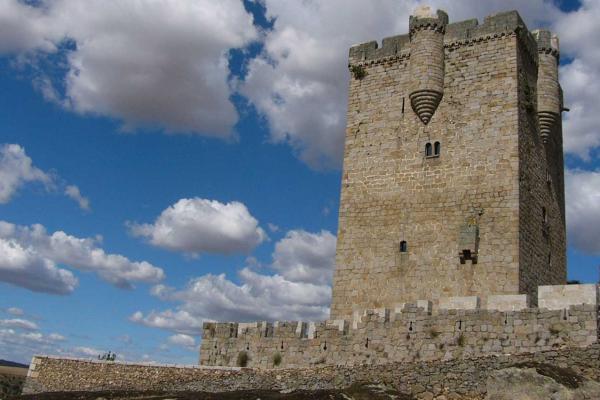
San Felices de los Gallegos
San Felices de los Gallegos, declared historical site, is a village in Las Arribes area which is worth visiting.
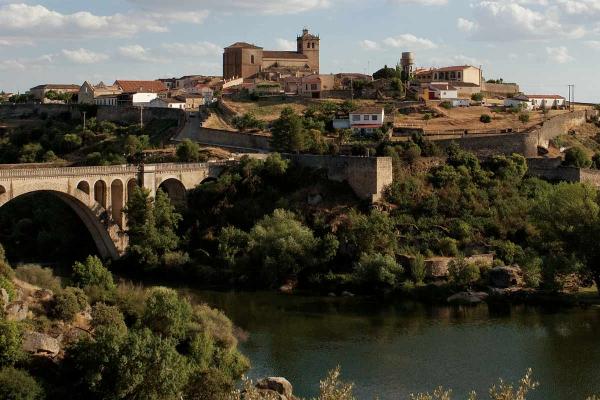
Ledesma
Ledesma, the old Bletisa, lies down over a hill carved out by the river Tormes. It has been declared Historical Site. It is located in the middle-north end of the province of Salamanca.
Museums
Mineralogy Museum in Barruecopardo
The village of Barruecopardo gets its name from the amazing orography of Las Arribes del Duero and their amazing granite outcropping. The subsoil is rich in minerals, especially in wolfram, which was mined in this place for almost the entire 20th century.
The Oil Museum
The Oil Museum, called “Lagar del Mundo” (The Olive Press of the World), is located in an old olive mill whose restoration earned it the Europa Nostra Medal. The history of the olive tree and oil is explained there by means of different resources.
Biodiversity Conservation Centre of Las Arribes del Duero
If you want to get to know more deeply this area, you can visit the Biodiversity Conservation Centre of Las Arribes del Duero, located in Vilvestre.
Gastronomy
Oil. Extra-virgin olive oil
Fruity, dense, with an intense fragrance and spicy touches. This is the extra-virgin olive oil elaborated in the natural parks of Las Arribes and the Sierras de Francia and of Béjar, which adds singular notes to the prized olive juice.
Arribes Cheese. Sheep raw milk
The north-east landscape of Salamanca, dotted with forests of oak trees, oak groves and croplands, turns into terraces by the river Duero and its canyons.
These particular conditions make pastures and scrubland vegetation ideal for any kind of livestock.
Wine of Las Arribes
The area of Las Arribes del Duero presents the ideal conditions for growing vineyards: Mediterranean weather in the hillsides and valleys, granite and slate soils, a Little bit sandy. On these soils, the local winemakers have been able to grow grapevines of a strong flavour.
